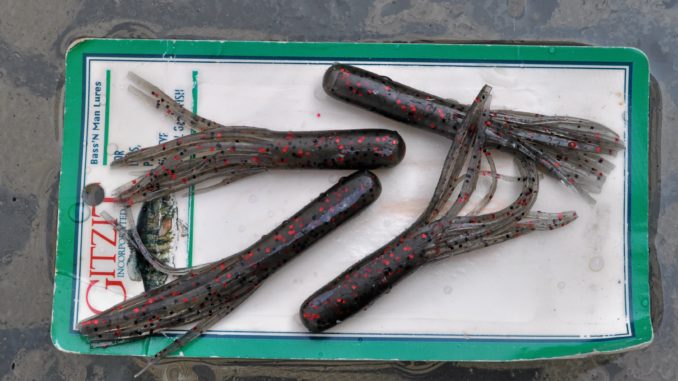
Current, oxygen often set up a great hot-weather bite in skinny water
It’s a given among bass anglers that July and August heat drives largemouth bass into deep waters, but that’s not always true. The shallow-water bite might be the best one.
Anyone who remembers bass pro Denny Brauer’s win in the Bassmasters Classic on High Rock Lake in August 1998 would understand. With many in the 45-man field fishing deep water, Brauer fished the upper end of the lake, in the Yadkin River, flipping tube jigs at blowdown trees in 1 to 2 feet of water where most feared to tread. He was the only angler to weigh in a five-fish limit all three days, and his margin of victory was an ounce short of 10 pounds.
With weather systems and heavy rains passing across central North Carolina, that pattern also should hold true at many larger lakes on the Yadkin, Catawba and Roanoke River systems.
“It depends on how much rain a lake’s watershed gets or how much current gets pulled through dams,” said pro David Fritts of Lexington, a columnist with North Carolina Sportsman.
Water in the river section of a lake or being released through dams will be cooler and normally hold more dissolved oxygen than the deeper waters in other sections of the lake.
“I like fishing the Tuckertown tailrace when it’s hot, and Alcoa lets out water,” said veteran guide Maynard Edwards. “You can catch bass and stripers near the tailrace behind the dam during hot weather.”
Flowing, cooler water attracts baitfish that lure gamefish such as bass into the shallows.
“In the dead of summer I used to go up the (Staunton) River at Buggs Island and fish log jams,” said former pro Marty Stone of Linden. “The water was cooler coming down from Smith Mountain and Leesville lakes.”
A word of caution: motoring through the shallow water of the upper end of lakes puts anglers in danger of damaging the hulls of their boats or the lower units of their outboards. Make sure you take it easy and have some idea how much water is under the boat at all times before you drop the trolling motor.




Be the first to comment